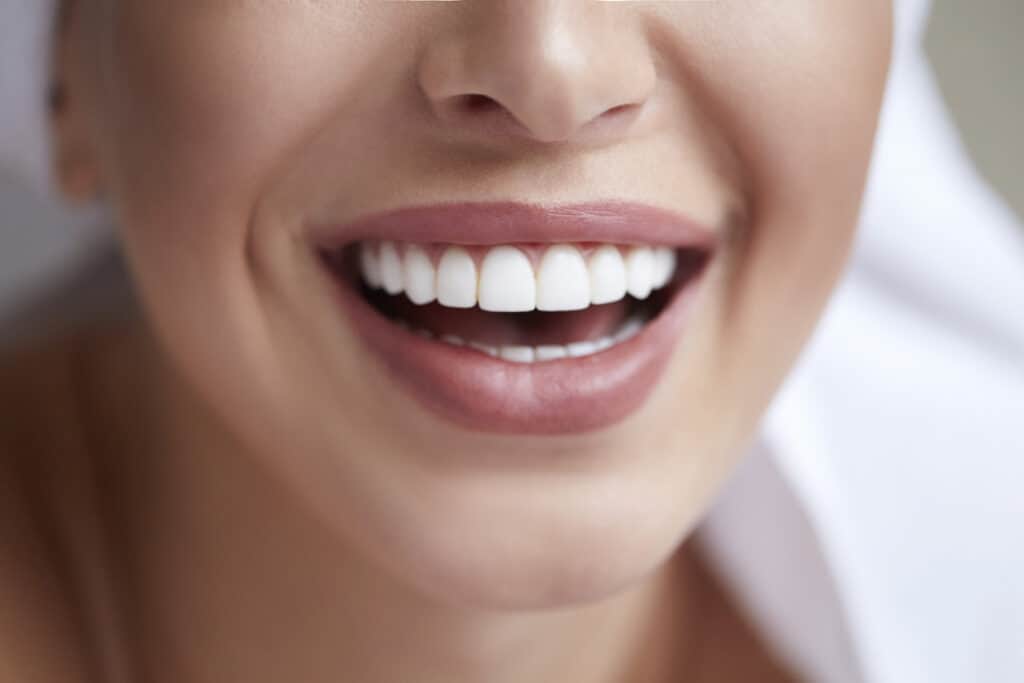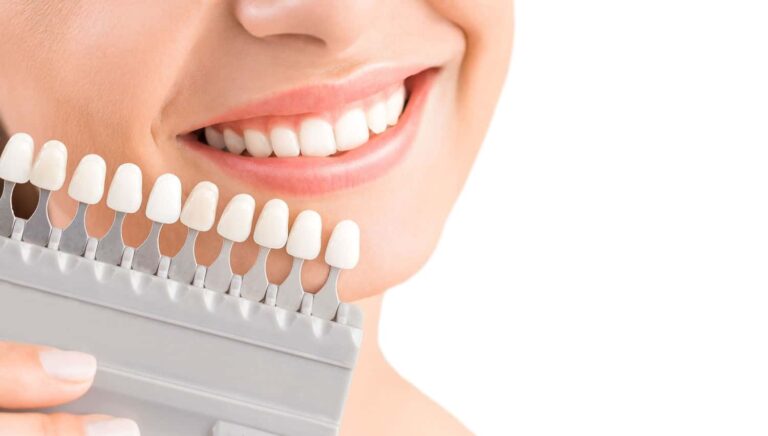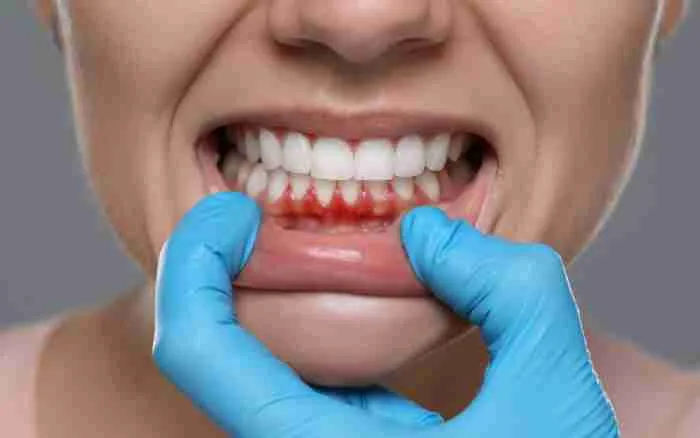How Veneers Transform Your Smile Naturally
A smile can have a profound impact on personal and professional interactions. For those seeking to enhance the appearance of their teeth, veneers provide a customized solution that addresses various cosmetic concerns. These custom-made shells are designed to enhance the appearance of teeth by modifying their color, shape, and alignment, resulting in a natural and polished look.
What Are Veneers?
Veneers are thin, custom-fabricated shells made from porcelain, bonded directly to the front of teeth to address a range of cosmetic concerns. Porcelain veneers offer a natural appearance, with colors and translucency similar to natural enamel. They resist stains and are valued for their durability.
These veneers are placed to address a variety of cosmetic dental issues. This includes teeth that are discolored, chipped, worn, or broken. They may also be used to close small gaps between teeth or to subtly improve the alignment and uniformity of the smile in cases of mild irregularity or unevenness. The versatility and natural aesthetics of porcelain veneers have made them a valued solution in cosmetic dentistry for individuals seeking predictable and lasting results.
What Does the Process Involve?
Veneer placement requires several steps. The initial consultation involves an oral assessment to determine suitability for veneers. During this appointment, patients and dentists discuss desired outcomes. For porcelain veneers, the dentist removes a small portion of enamel from each tooth surface to make sure the veneer matches the tooth’s thickness. This enables a natural look and feel. They then take dental impressions, which are sent to a laboratory for the custom fabrication of veneers. Temporary veneers can be placed while the permanent ones are being created, typically over a period of one to two weeks.
During the bonding appointment, the dentist checks each veneer for fit and appearance. The teeth are professionally cleaned, polished, and slightly etched to create a bond-friendly surface. The veneer is affixed using dental sealant, which is hardened with a special light to secure it in place.
What Are the Benefits?
Dental veneers offer several advantages. Their appearance closely emulates natural tooth enamel due to the translucency and shade of porcelain. Each veneer’s color, shape, and size is tailored to patient preferences and dental anatomy for a blended, lifelike result. Porcelain veneers resist stains and maintain their appearance over time with appropriate dental hygiene.
The procedure for veneers preserves more of the natural tooth compared to dental crowns, as less enamel removal is required. Veneers provide a conservative solution for enhancing the appearance of teeth without requiring extensive structural alterations. The biocompatibility of porcelain can help reduce the likelihood of gum irritation. Veneers function like natural teeth once bonded, supporting comfortable eating and speaking.
Speak Further With Your Dentist
Your dentist will assess factors such as tooth structure, gum health, and the overall condition of your teeth before discussing available options. Personalized recommendations take into account the unique characteristics of your smile and any underlying oral health concerns you may have. During this assessment, your dentist can outline the steps involved in the veneer process, review the potential benefits and limitations, and address any questions you may have regarding the veneer’s longevity and care.







